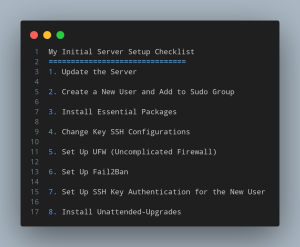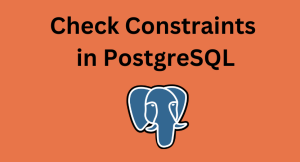Happy New Year! It’s time to continue exploring the components of MapleStack. A critical component of our communication infrastructure is email. Reliable and efficient email delivery is vital for everything from user notifications to marketing campaigns. This week, I’m focusing on Mailgun, a key service that powers our email communications.
What is Mailgun? Mailgun is a powerful email service provider that’s designed specifically for developers. It allows the sending, receiving, and tracking of emails effortlessly. With its robust APIs, Mailgun integrates seamlessly into web applications, providing reliable email delivery at scale. It’s not just about sending emails; it’s about ensuring they reach the intended inboxes and providing insights into email performance.
Pros:
- Reliable Delivery: With Mailgun, I can trust that our emails are not just sent, but also delivered. Its excellent delivery rates help ensure important communications reach our users.
- Scalability: As MapleStack grows, Mailgun scales with us. It handles high volumes of emails without a hitch, which is essential for our expanding user base.
- Detailed Analytics: Mailgun provides detailed insights into email performance, including open rates, click rates, and bounce rates, allowing us to optimize our email strategies.
- Developer-Friendly: Its robust APIs and comprehensive documentation make it incredibly developer-friendly, allowing for easy integration and customization.
Cons:
- Complexity for Beginners: For those new to email services or APIs, Mailgun’s extensive features can be overwhelming initially.
- Cost at Scale: While Mailgun offers a free tier, costs can escalate as email volumes increase, which is a consideration for a growing platform.
- Template Limitations: One area for improvement is template management – currently, it’s not possible to duplicate templates, which can be a limitation when scaling or modifying email campaigns.
Integrating Mailgun into MapleStack has significantly enhanced our ability to communicate with our users effectively. Its reliability and scalability have made it an indispensable part of our infrastructure.
That’s the latest from the Building MapleStack series. For previous insights into the tools and services we use, check out my earlier posts https://oliha.dev/tag/building-maplestack/.
Stay tuned for next week’s post, where I’ll delve into ScrapingBee, another vital component of MapleStack.
Have any questions, want to share your thoughts or just say Hi? I’m always excited to connect! Follow me on Twitter or LinkedIn for more insights and discussions. If you’ve found this valuable, please consider sharing it on your social media. Your support through shares and follows means a lot to me!
Components of MapleStack:
- PostgreSQL
- NestJS
- React
- Tailwind CSS
- AWS Cognito
- AWS S3
- Let’s Encrypt
- Mailgun
- ScrapingBee
- Stripe
- OpenAI
- Anyscale
- Canny
- Clearbit
- PostHog
- UptimeRobot


